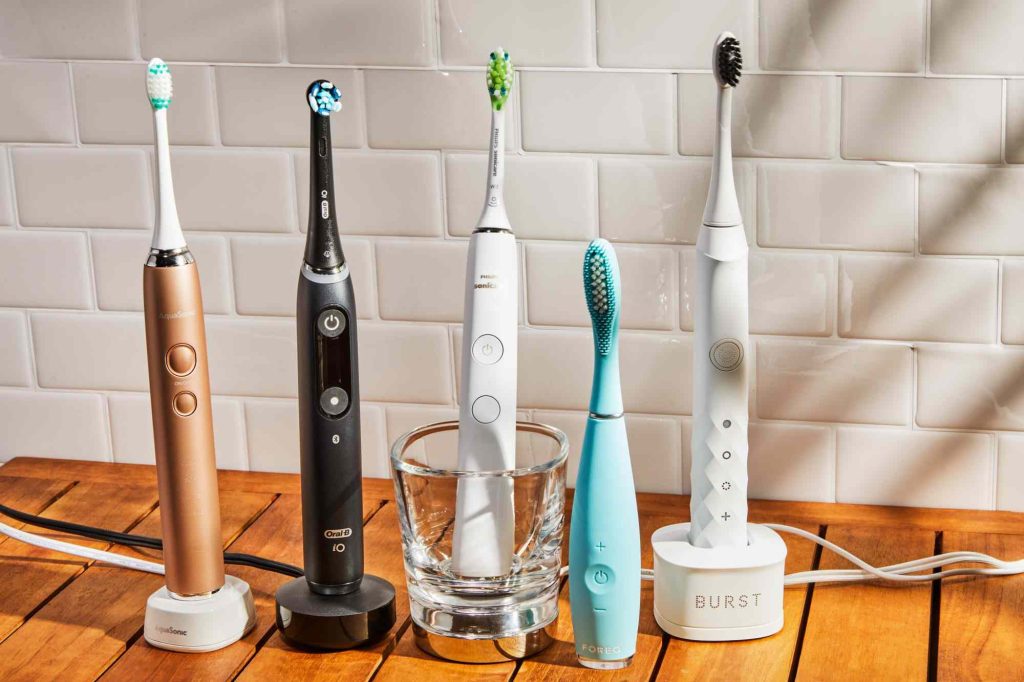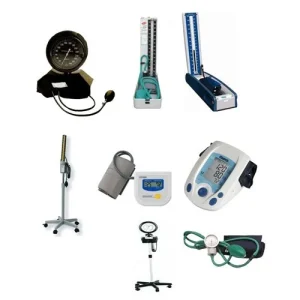Electric Toothbrushes: What Are They For? How They Work, Applications, and Safe Usage Tips

Electric toothbrushes are revolutionizing the way we care for our oral hygiene. These devices offer superior cleaning efficiency compared to manual brushing, thanks to their automated brushing action. In this article, we will discuss what electric toothbrushes are used for, how they work, practical applications, and important safety tips to ensure effective and safe usage.
1. What Are Electric Toothbrushes For? (Introduction, Common Types, and Benefits)
An electric toothbrush is a modern dental tool that uses powered bristles to clean teeth and gums. These brushes are designed to provide a more thorough cleaning compared to manual toothbrushes by using oscillating, rotating, or sonic movements to remove plaque and debris from the teeth.
Common Types of Electric Toothbrushes:
- Rotating-oscillating Brushes: These brushes feature a head that rotates and oscillates, making them effective at removing plaque and improving gum health.
- Sonic Brushes: Sonic toothbrushes vibrate at a very high frequency, helping to clean teeth through fast back-and-forth motions. This technology helps remove plaque more efficiently.
- Ultrasonic Brushes: These brushes use high-frequency vibrations to clean teeth and are particularly effective at cleaning between teeth and along the gumline.
Benefits of Electric Toothbrushes:
- Improved Oral Hygiene: Electric toothbrushes provide more consistent brushing, helping to remove more plaque and reduce the risk of cavities and gum disease.
- Time-Saving: With built-in timers and automatic brushing movements, electric toothbrushes ensure that users brush their teeth for the recommended two minutes.
- Ease of Use: Electric toothbrushes require less effort from the user, making them especially beneficial for individuals with limited mobility or those who struggle with proper brushing techniques.
2. How Do Electric Toothbrushes Work? (Principle of Operation and Key Components)
Electric toothbrushes function by using a motor that powers the brush head’s movement. The motion can vary depending on the type of electric toothbrush, but all models aim to enhance the cleaning process by providing consistent, effective brushing.
Key Components:
- Motor: The motor drives the brush head’s movement, whether it rotates, oscillates, or vibrates. The motor is powered by rechargeable batteries.
- Brush Head: The brush head is where the bristles are located. It may be round or rectangular, and different models offer various types of brush heads designed for specific needs such as whitening, sensitive teeth, or gum care.
- Handle: The handle houses the motor and battery. It is often designed to be ergonomically shaped for ease of use.
- Power Button: The power button allows users to turn the toothbrush on and off, and some models have additional settings for adjusting brushing intensity.
- Timer: Many electric toothbrushes come with built-in timers that encourage users to brush for the recommended 2 minutes.
- Charging Base: Electric toothbrushes typically come with a charging base or stand to recharge the device after use.
The motor creates movement in the brush head, which can either rotate, vibrate, or oscillate. This motion helps the bristles to clean more effectively than manual brushing. Sonic and ultrasonic toothbrushes use high-frequency vibrations to break down plaque and debris, providing a deeper clean.
3. Where Are Electric Toothbrushes Used? (Practical Applications)
Electric toothbrushes are versatile devices that can be used in various environments to improve oral health. Here are some common applications:
- At Home: The primary use of electric toothbrushes is for daily brushing at home. They are designed to be easy to use, ensuring a thorough clean for all users, including those with sensitive teeth or gums.
- For People with Limited Dexterity: Electric toothbrushes are especially helpful for individuals who have physical limitations, such as arthritis, as they require less effort compared to manual brushing. The motor does the work, making it easier to brush effectively.
- For Children: Electric toothbrushes designed for children can help encourage good oral hygiene habits by making brushing fun and easier to do correctly. Some models include fun colors, timers, and kid-friendly brush heads.
- In Dental Clinics: Dentists may recommend electric toothbrushes to patients who require more effective plaque removal, especially those with gum disease or orthodontic braces.
- Traveling: Many electric toothbrushes are portable and come with travel cases, making them ideal for on-the-go use while maintaining a consistent oral care routine.
4. How to Use Electric Toothbrushes Safely (Safety Tips and Important Considerations)
To ensure that you get the most out of your electric toothbrush while maintaining safety, follow these tips and guidelines:
- Read the Manual: Always start by reading the user manual provided by the manufacturer. It contains essential information about your toothbrush’s features, how to use it properly, and maintenance instructions.
- Do Not Over-Brush: While electric toothbrushes are designed to provide thorough cleaning, excessive brushing can damage your gums and tooth enamel. Follow the recommended brushing time, usually around 2 minutes, and use gentle pressure.
- Replace Brush Heads Regularly: To maintain optimal cleaning performance, replace the brush head every 3 to 6 months, or when the bristles begin to show signs of wear.
- Use the Correct Brush Head: Make sure to use the appropriate brush head for your needs (e.g., a softer brush head for sensitive teeth). Some electric toothbrushes offer interchangeable heads for different purposes like whitening or gum care.
- Avoid Excessive Force: While electric toothbrushes are powerful, it is still important not to apply too much pressure. Let the brush do the work to avoid damaging your gums or enamel.
- Charge Properly: Charge your electric toothbrush according to the manufacturer’s instructions. Avoid overcharging or letting the battery run completely dry before recharging it, as this can affect the battery’s longevity.
- Keep It Dry: After each use, rinse the brush head thoroughly and store the toothbrush in a dry place to prevent bacterial growth.
- Travel Considerations: If traveling with your electric toothbrush, remember to pack the charging base and make sure the toothbrush is fully charged to avoid running out of battery.
Conclusion
Electric toothbrushes are effective, efficient, and easy-to-use tools that can significantly improve your oral health. By understanding how they work, where they can be used, and how to operate them safely, you can ensure optimal oral hygiene. Whether you’re at home, traveling, or looking to improve brushing for a family member with special needs, an electric toothbrush is a practical choice for enhancing your daily dental care routine. Remember to follow the manufacturer’s guidelines and replace your brush head regularly for the best results.





